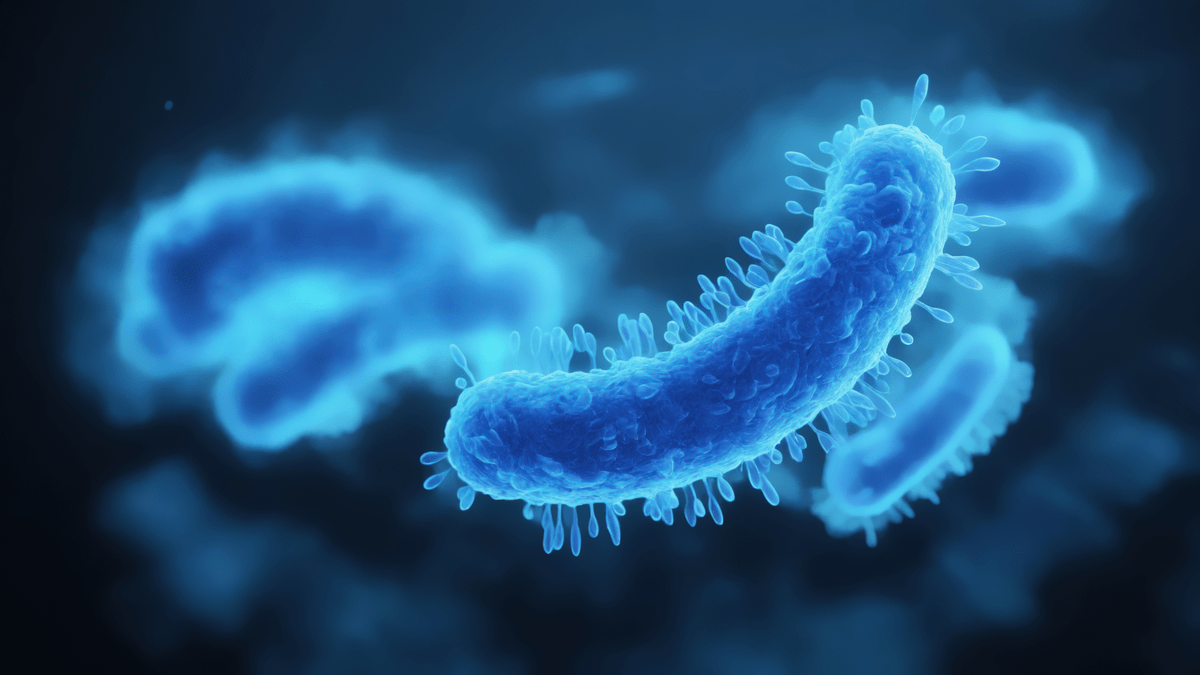Salt, also known as sodium, plays an important role in our bodies in regulating fluid, which impacts all areas of the body including blood pressure, the heart, kidneys and the liver. When someone has too much sodium, it can harm your health.
A low sodium diet decreases strain on the heart.
Sodium, found in table salt and prepared foods, increases blood volume.
“Where sodium goes, water follows. As you eat more salt, you’ll retain more water and increase the volume of blood in your system. This increases your blood pressure, which in turn means the heart has to work harder with every beat. Over time this causes strain on the heart and can eventually lead to heart failure,” says Vasudev Ananthram, M.D., a cardiologist with Riverside Cardiology Specialists.
How much is too much?
The American Heart Association recommends less than 2300 milligrams of sodium per day as part of a heart healthy diet — with less than 1500 mg being ideal, particularly for those with heart failure. To put this in perspective, one teaspoon of table salt has about 2300 mg of sodium.
Nine out of 10 Americans are eating too much sodium— around 3400 mg per day.
But, for patients with heart failure, managing the amount of sodium in the diet is critically important. When the heart is already weak, reducing sodium can decrease the overall blood volume and thus decrease the strain on the heart. Patients often notice improvement in their symptoms when they take steps to cut salt out of their diets.
Look beyond the salt shaker
When looking to cut salt out of a diet, it is important to look beyond the salt added at the table. Instead look at what is already in the processed foods that make up much of the average American diet.
“It’s tempting to only focus on putting down the salt shaker. But, the biggest contributor of sodium in the diet is from processed foods and restaurant meals,” says Dr. Ananthram.
More than 70% of sodium in the American diet comes from processed foods like bread and deli meat, along with meals from both sit-down and fast-food restaurants. The American Heart Association highlights the top six, or “Salty Six,” sources of sodium in the average diet. Surprisingly, many of these foods aren’t usually considered salty. The Salty Six include:
- Bread and rolls
- Pizza
- Sandwiches
- Cold cuts and cured meats
- Soup
- Burritos and tacos
Eat fresh and cook at home
There are several simple changes that can help cut sodium out of your diet:
- Eat more single-ingredient foods. Choose foods with one ingredient, including fruits, vegetables, herbs, oats, beans and olive oil to reduce the amount of sodium in your diet naturally.
- Fresh is best, but frozen and canned goods can be a convenient and budget-friendly way to eat healthily.
- Check labels. Before you buy, take a look at the ingredient list. The fewer ingredients the better, and stay away from foods with added salt, sugar and fat.
- Cook more at home to avoid high sodium restaurant meals. Preparing your favorite foods at home with low sodium ingredients can save you money and sodium.
Change your diet with support
Heart failure is a serious condition. But changing your diet can help.
Monitoring the amount of salt in a diet is important for everyone. But, for those facing - or at risk for- heart and vascular disease, cutting the sodium intake is essential.
If you have questions about changes you should make in your diet to improve your heart and vascular health, talk to your cardiologist or primary care physician. To see a Riverside primary care provider call 757-534-5352 to make an appointment. Patients can also learn more about nutrition from registered dietitians in Riverside’s Outpatient Clinical Nutrition Services, by calling 757-989-8830, option #2.
Related:
- Learn more about Vasudev Ananthram, M.D.
- Riverside Heart & Vascular Services
- Healthy YOU



